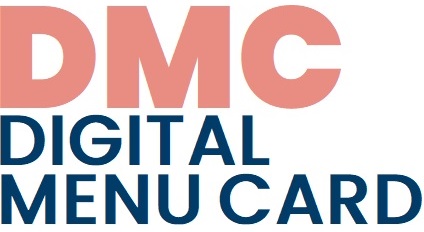Self-assessment is an important tool for the learner to understand the goals of learning, to combine the new knowledge acquired during the learning with the previous knowledge, to be able to apply what has been learned in other contexts, to evaluate one's own achievements along goals and requirements.
The ability to self-assess is not an inherited but a learned ability, so students need to be helped to be able to and willing to realistically assess their own knowledge and performance. We can support this by creating an encouraging atmosphere and clarifying the objectives of the evaluation. We can add aspects to the self-assessment or ask questions, but we can also make the learners develop their own assessment aspects. It’s also important because your students also rethink what and how they learned, what their strengths and weaknesses are, and we “force” them to consciously process their experiences.
The basis for the ability to learn independently is conscious, reflective learning, that is, the learner is aware of their own learning style, strengths and weaknesses. If possible, we evaluate the learning process in individual and group discussions with the student and fellow students.
We use the method of self-assessment in “learner-centered” methods, which is particularly important as part of the complex assessment of project-based education.
A child with a self-esteem disorder has poor performance, coping mechanisms, and anxiety. School failures occur as a result of self-esteem disorders. The performance of a child with a realistic self-esteem is good, less anxious, occupies a prominent place in his group, and is less influential. It is an important task for parents and educators to strengthen the right self-esteem in the child.
We encourage schools to motivate students with regular reporting - and especially for implementing self-assessment and self-monitoring - through online assignments. In addition, of course, there are a number of options for monitoring the learning process, both of which are important to apply and evaluate.
“Pedagogical assessment can be complemented by opportunities for student self-assessment. These may be the sets of criteria compiled by the teacher for student self-assessment, of which there are also many examples. These can also be completed by students in spreadsheets and tests. Educators can also encourage students to use self-reflective tools.
These can be simple checklists or questionnaires, surveys measuring the affective elements of learning (motivation, attitude, interest) or the development of other skills (eg time management, self-efficacy, self-motivation), but also student diaries, short text reports, forum posts, mood boards or feedback with emoticons about each step of the learning process, task performance or activities that are also suitable for self-assessment. An essential benefit of these tools is the development of students’ self-knowledge and the acquisition of a reflective approach, which are essential among the so-called 21st century skills..”[1]
Self-assessment requires the development of a unique measurement tool, or we can use a competency matrix based on learning outcomes, or we can use a measurement tool designed for qualitative assessment.
The way of self-assessment can also be to keep a student work diary, if it is not only descriptive but also analytical and e.g. describe their experiences, remarks and the way in which they perceive a problem, where they are in achieving certain learning outcomes, along structured aspects that help them think and evaluate;
